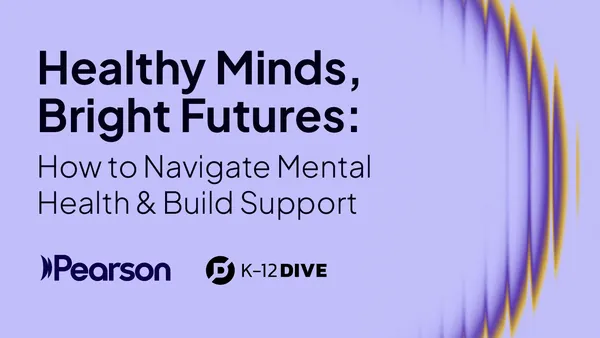Dive Brief:
- The Common Core State Standards require far more nonfiction reading than in the past, and some schools are struggling to respond.
- By 12th grade, the standards require that the share of what students read in school should reach 70% (the percentage is lower for younger students).
- The change has prompted some unusual combinations on the part of teachers. In one example, students reach the G.I. Bill of Rights and texts on modern veterans alongside the classic Greek epic “The Odyssey."
Dive Insight:
The changes in the English standards are not without controversy. “We do so much nonfiction,” one student told The New York Times. “I just want to read my book.”
And some critics have gone so far as to say the approach kills students' love of learning. Some of that pushback may come from students encountering forced marriages between fiction and unrelated nonfiction, as in the “Odyssey” example, or poor quality nonfiction writing.
But teachers trying to implement the new English standards face a lack of appropriate and vetted curriculum. The standards themselves may prove a part of the challenge, as well. Given how broadly they are written, the nonfiction requirement “very easily slides into blog posts,” Mark Bauerlein, a professor of English at Emory University, told The New York Times. On top of that, many teachers used to teaching literature may find that they, too, struggle to find the enthusiasm for dry, but necessary, nonfiction.
As with many other aspects of Common Core, policymakers and district leaders hoping to help schools succeed face a three-pronged problem: community opposition, insufficient teacher training, and low-quality curriculum.





 Dive Awards
Dive Awards





